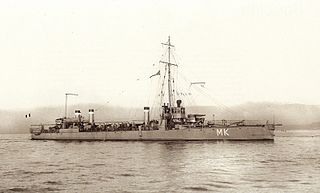
Mameluk was one of seven Spahi-class destroyers built for the French Navy in the first decade of the twentieth century.
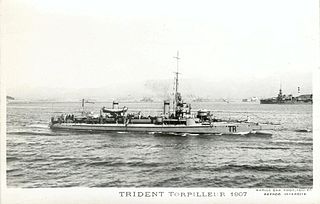
Coutelas was one of 13 Claymore-class destroyers built for the French Navy in the first decade of the 20th century.

Cognée was one of 13 Claymore-class destroyers built for the French Navy in the first decade of the 20th century.

Hache was one of 13 Claymore-class destroyers built for the French Navy in the first decade of the 20th century.
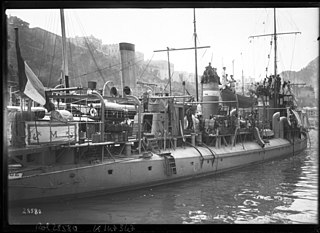
Massue was one of 13 Claymore-class destroyers built for the French Navy in the first decade of the 20th century.

Poignard was one of 10 Branlebas-class destroyers built for the French Navy in the first decade of the 20th century.

Sape was one of 10 Branlebas-class destroyers built for the French Navy in the first decade of the 20th century.

Aspirant Herber was one of seven Spahi-class destroyers built for the French Navy in the first decade of the 20th century.

Enseigne Henry was one of seven Spahi-class destroyers built for the French Navy in the first decade of the 20th century.

Lansquenet was one of seven Spahi-class destroyers built for the French Navy in the first decade of the 20th century.

Carabiner was one of seven Spahi-class destroyers built for the French Navy in the first decade of the 20th century.

Hussard was one of seven Spahi-class destroyers built for the French Navy in the first decade of the 20th century.
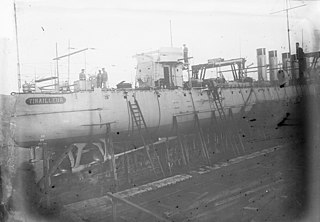
Tirailleur was one of two Voltigeur-class destroyers built for the French Navy in the first decade of the 20th century.

Voltigeur was the name ship of her class of destroyers built for the French Navy in the first decade of the 20th century.
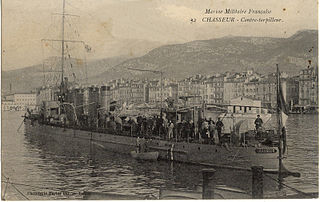
Janissaire was one of four Chasseur-class destroyers built for the French Navy in the first decade of the 20th century.

Cavalier was one of four Chasseur-class destroyers built for the French Navy in the first decade of the 20th century.

Chasseur was the name ship of her class of four destroyers built for the French Navy in the first decade of the 20th century.

Bouclier was the name ship of her class of a dozen destroyers built for the French Navy in the first decade of the 20th century.
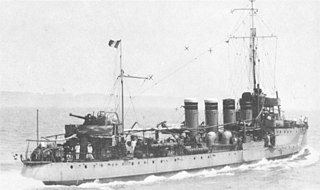
Commandant Bory was one of a dozen Bouclier-class destroyers built for the French Navy in the first decade of the 20th century.

Renaudin was one of six Bisson-class destroyers built for the French Navy during the early 1910s. Completed in 1913, the ship was assigned to the 1st Naval Army in the Mediterranean Sea. During the First World War, she escorted the battle fleet during the Battle of Antivari in August 1914 and escorted multiple convoys to Montenegro for the rest of the year. Renaudin helped to sink a crippled Austro-Hungarian destroyer during the 1st Battle of Durazzo in late 1915 and protected the evacuation of the Royal Serbian Army from Durazzo, Albania, in February 1916. The ship was sunk by an Austro-Hungarian submarine the following month with the loss of 50 crewmen.















